The Anatomy of a Spinal Disc: What Does it Look Like?
- Logan Georgeson, DC

- Feb 12, 2023
- 3 min read

Waterbeds were something else, weren’t they?
It’s still crazy to think there was actually a time where so many of us were sleeping on vinyl “mattresses” that were filled with gallons and gallons of water inside of our carpeted bedrooms.
What’s crazier still is that… they were actually pretty durable.
They made it through round after round of young kids playing on them and jumping off the headboard and otherwise hurling themselves right into the middle of the mattress unscathed.
And, as a chiropractor - particularly a chiropractor who specializes in back pain chiropractic care in Sun Prairie, WI - I couldn’t help but think about how waterbeds can be compared to our spinal discs in more ways than one - specifically, the anatomy of a spinal disc.
Bottom Line:
The discs of the spine are some of the hardest working players in the body.
In fact, they’re a great deal like the waterbed that serves as both an impromptu child’s trampoline and a place to get some much needed rest.
Our spinal discs are tasked with standing up to the physical stress of our day to day activities, and are so important because together they allow our spine to move in all directions.
Doing what we can to keep them healthy is crucially important to our spinal health, and to better understand how we can do just that it helps to understand the anatomy of a spinal disc.
Why it Matters:
Think of your spinal discs as the tiny but mighty cushions that sit between each pair of the 24 moveable bones (vertebrae) in your spine.
In addition to cushioning the bones, each acts a small swivel that allows your body to tilt and rotate.
Maintaining the health of our spinal discs is one of the best things we can do to help minimize our risk of living with chronic neck or back pain.
And if you’ve been living around chronic neck or back pain and thinking about seeking back pain chiropractic care in Sun Prairie, you’re in the right place!
Let’s dive in for a closer look at the anatomy of a spinal disc.
The Basic Anatomy of a Spinal Disc
There are 23 discs to be exact - 6 in the neck, 12 in the mid-back, and 5 in the lower back. The
average size of a spinal disc is about one inch in thickness and can vary in color from light yellow to dark brown.
As we mentioned earlier, they allow the spine to be flexible and also serve as its “shock absorbers,” helping to cushion the bones of the spine and keep them from grinding together.
When we break down the fundamental anatomy of a spinal disc, we know that each disc is made up of three core components: an outer layer, inner layer, and a pair of endplates that help hold the discs in place between each pair of vertebrae.
The tough, fibrous outer layer is referred to as the annulus fibrosus, and the jelly-like inner layer, the nucleus pulposus.
The nucleus pulposus helps to absorb shock and distribute pressure while the annulus fibrosus provides stability to the spine.
The relationship between these two layers can be compared, again, to a waterbed. The tough outer layer contains and protects the softer inside layer, which is mostly made up of - you guessed it - water.
And it's the high water content of each disc that helps keep them supple and moveable.
However, as we get older, our spinal discs tend to gradually lose fluid, causing them to stiffen.
That, in turn, can mean our discs become more prone to inflammation.
Additionally - as you may have also guessed from knowing what you now know about the anatomy of a spinal disc - they can actually start to shrink which can lead to compression of the nerves running through the spine and some potentially painful symptoms.
The importance of keeping our spinal discs healthy really can’t be overstated enough!
Next Steps:
The good news? There’s good news!
Simple movement is actually one of the best ways to keep your spinal discs healthy.
One thing we know from looking at the anatomy of a spinal disc is that they don't have a particularly good blood supply.
Movement is how they bring in nutrients, and it’s those nutrients that help the discs stay healthy and push out waste that can contribute to the development of pain and inflammation.
So, make it a point to move more each day however you can - there’s no wrong way to do it!
And if your neck or back hurts, take 5 minutes for yourself, book an appointment, and let us know.
Our expert team specializes in back pain chiropractic care in Sun Prairie, and, together, we'll help get your life back from pain!
Science Source:
Intervertebral Disc: Anatomy-Physiology-Pathophysiology-Treatment. Pain Practice. 2008.

Your Trusted Sun Prairie Chiropractor!







Comments